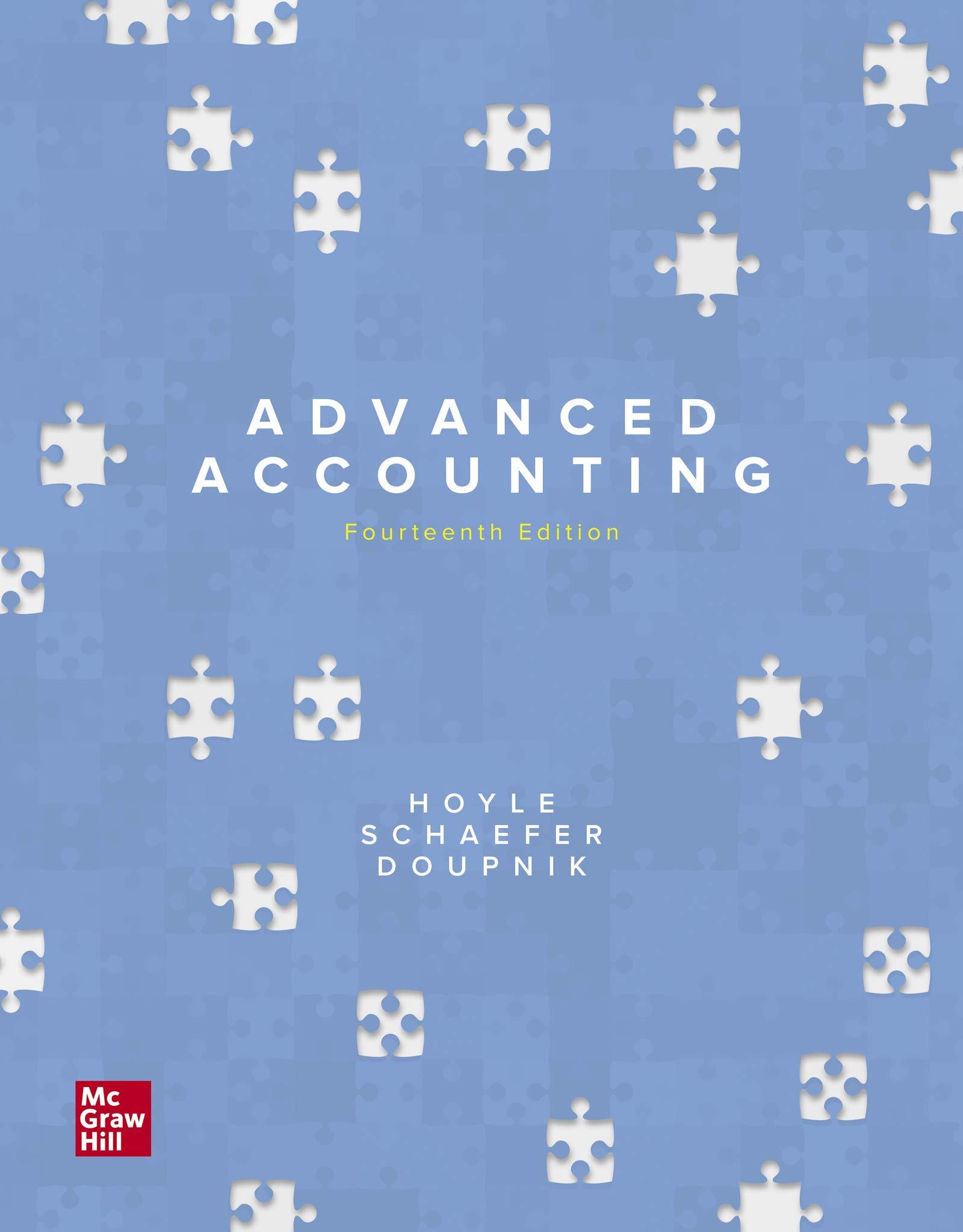The CPA Firm of Abernethy and Chapman is located in the central portion of Virginia. This partnership
Question:
In hiring professionals, the firm considers only college graduates with a major in accounting and requires that each employee sit for the CPA exam within one year of employment. Once employed, all accountants in the firm must complete at least 40 hours of per year of continuing education. Promotions within the firm are guided by seniority and technical competence. For example, for a staff auditor to be promoted to senior auditor, he or she must have been with the firm at least two years, must have passed the CPA exam, and must have demonstrated outstanding competence in job performance.
DeAnna Malott, a partner in the Richmond office, monitors the quality control standards and the human resource policies of the firm. One of Ms. Malott's responsibilities is to conduct training seminars for new professionals regarding the policies of the firm. Under these policies, employees must sever all financial ties to audit clients. Another of Ms. Malott's duties is to assign personnel to the various audit engagements of the firm. In making these assignment's she considers the employee's experience with the client's business, as well as his or her technical training. For audit engagements, firm policy requires the assignment of a consulting partner, as well as a partner-in chase of the engagement. The partner-in-charge of the audit heads the engagement team, while the consulting partner adises and reviews the final work of the team.
The audit engagement team consists of a partner-in-charge, a manager, a senior auditor, and one or more staff auditors. The partner-in-charge of the engagement has the definitive responsibility for decisions made during the audit, even though he or she does not normally carry out the major activities of the audit. The manager, senior auditor, and staff auditors perform the majority of the procedures required by an audit. The assignment of an engagement team, as well as a consulting partner, is to ensure not only that audits are appropriately supervised, but also that there is complete objectitiy and competence in conducting each audit.
Abernerthy and Champman as a firm, and the Richmond office in particular, has experienced considerable growth over the past five years. The partners believe that a good marketing strategy and a continuing emphasis on high-quality auditing and accounting services have generated the increase in revenues. During the most recent fiscal year, the Richmond office totaled over $7 million in gross revenues while earning nearly $2 million in net income. Profits accruing to individual partners ranged from $150,000 to $400,000. Traditionally, 60% of the firm's income has been derived from audit engagements with tax services providing another 25% of the total. Remaining revenues are generated by assurance services other than audits (e.g., reviews), accounting and bookkeeping services (e.g., compilations), and consulting services. The partners agree that assurance services (including financial statement audits) and consulting services offer the greatest potential for expanding the firm's income and have constantly stressed the growth, but it brings new risks.
At present, Abernethy and Chapman has a number of large clients in the Richmond area: a small hotel chain, a group of furniture stores, several large car dealerships, and three of the local banks. Recently, the firm decided to seek additional clients. Therefore, within the last 18 months, a series of advertisements have been published in local newspapers as well as in several prominent Virginia periodicals. In addition, a monthly newsletter describing current accounting and taxation changes is distributed to clients and local business leaders. This marketing strategy was created by a Richmond advertising agency and has stressed the theme "We are here to help your business." The entire campaign cost the firm approximately $200,000 and has just recently begun to generate additional revenues.
QUESTIONS:
(1). What are the main duties of each of the positions that comprise Abernethy and Chapman's engagement team (i.e., partner, manager, senior auditor, and staff auditor?
(2.) What is the purpose of having both a partner-in-charge and a consulting partner on each audit engagement? Should the partners be rotated periodically? Why or why not?
(3.) Can an accounting firm hope to accrue any real benefit from a marketing campaign such as the one carried out by Abernethy and Chapman? Should the management of a company select its auditors based on advertisements alone?
(4.) Larger(often national or international) CPA firms have acquired many smaller firms. Why might a large organization consider purchasing an accounting firm such as abernethy and chapman? Why might abernethy and chapman agree to be acquired? Are such mergers good for the auditing profession generally speaking?
(5.) The case stated that, during busy periods, individuals may move from one area of the firm to another, for example from consulting services to assurance services. Are there any potential problems with these movements within the firm?
Partnership
A legal form of business operation between two or more individuals who share management and profits. A Written agreement between two or more individuals who join as partners to form and carry on a for-profit business. Among other things, it states...
Fantastic news! We've Found the answer you've been seeking!
Step by Step Answer:
Related Book For 

Advanced Accounting
ISBN: 9781260247824
14th Edition
Authors: Joe Ben Hoyle, Thomas Schaefer, Timothy Doupnik
Question Posted:





